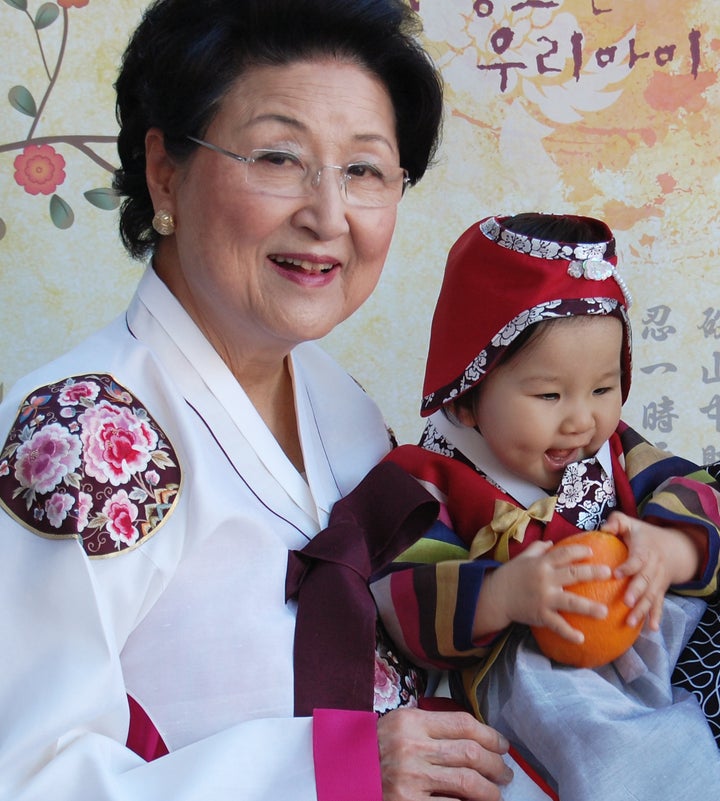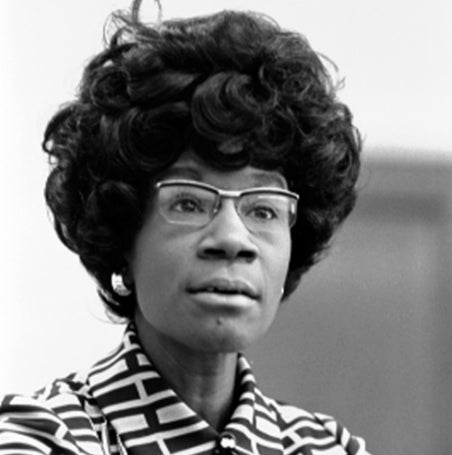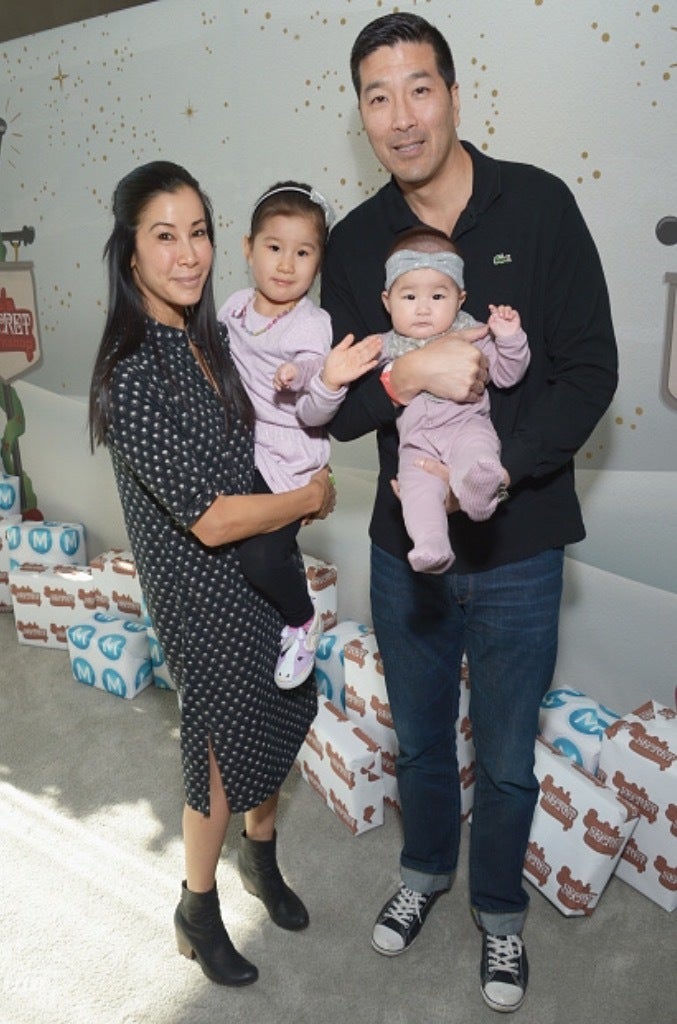

The late Shirley Chisholm.

With our daughters Jett and Ray.
In 1951, my mother came to the U.S. as a refugee of the Korean War. Through the generosity of a local church group in New York City, she was awarded a full scholarship to Adelphi College. She would eventually graduate from Adelphi and go on to earn a Masters degree in early childhood education from Columbia University Teacher’s College.
During one of her practical student teaching rotations in Harlem, my Mom met a dynamic individual by the name of Shirley Chisholm. She would end up hiring my mom and helping her successfully apply for her green card.
Ms. Chisholm was an incredible leader and visionary who had a profound impact on my mom and her colleagues. She insisted that all of her teachers take Spanish language classes to better understand and relate to the influx of Latino students who were coming to Harlem from Puerto Rico and the Dominican Republic. This was not a federal or state requirement, but rather an enlightened recognition by Ms. Chisholm of the multiculturalism that was rapidly evolving. Ironically, today my Spanish is far more proficient than my Korean.
Several years later, Ms. Chisholm would become the very first African-American woman elected to the US House of Representatives and my mom would be hired as the educational director of the Newark, NJ Head Start program, where she would serve for 20+ years.
It was here that my mom would often take my sister and me to volunteer during our school breaks to meet her students, most from disadvantaged communities of color. It was here where my mom made clear that we were no better or worse than them, just more fortunate.
My mom often says that the most uncomfortable time for her in America was when she went to Richmond, Virginia back in the late 1950s to visit her sister who was living there. During her trip, she had to stop to use the restroom and was shocked to see segregated facilities monitored by an attendant. She wanted to make sure that her kids never viewed people differently strictly because of the color of their skin.
Growing up in Northern New Jersey during the early 1970s, my sister and I experienced our share of racial taunts as the only Asian kids in our entire elementary school, and I certainly got into my share of fights. My best friend was Chris, who, along with his sister, were the only African-American kids in our school. Despite the racial taunts, neither Chris nor I ever viewed each other as my “Black” or “Asian” friend. Remarkably, as youngsters, we were truly able to look beyond the color of our skin. Chris was recently elected to the Board of Education for this very same school district almost 40 years later.
As I got older, the degree of racism I personally endured and experienced became less and less. I did my best to assimilate and excel educationally and professionally and I believe this helped. But I continued to witness racism through the prism of many of my friends of color.
My best man and friend, Tony, is the son of the very first African-American attorney in the Justice Department Anti-trust division and his mother is the first African American woman elected to the Fairfax County Board of Supervisors in Fairfax, Virginia. I’ve personally witnessed Tony’s inability to successfully hail a taxi on numerous occasions in the District of Columbia after dark.
To say racism no longer exists is naïve and simply wrong. It may not be as blatant, but subliminal and unconscious bias, which profoundly affects others, absolutely exists.
A recent study by the Yale University Child Study Center asked over 130 preschool teachers to watch video clips of students in classrooms and look for signs of “challenging behavior”. The clips did not actually show any challenging behaviors, but it became quite clear that many teachers were anticipating trouble. The study showed that the teachers in this study spent significantly more time looking at Black children than at White children and the most time looking at Black boys despite the lack of any “challenging behavior”.
This led the lead researcher of this study, Yale professor Walter Gilliam, to conclude that “Implicit biases do not begin with Black men and police. They begin with Black preschoolers and their teachers, if not earlier. Implicit bias is like the wind: You can’t see it, but you sure can see its effects.”
This could very well explain why Black children, despite being only 19 percent of all preschool children, made up 47% of those who received suspensions in 2013–14.
The true impact of such disproportionate bias goes far beyond preschool. Such early suspensions can dull any child’s enthusiasm for learning and school, unfairly label and condemn them to stigma as a “trouble maker,” and lead to loss of confidence and increased rebelliousness. It can also begin the painful path to chronic truancy and a life of criminal behavior. At a time when these young children are the most innocent and impressionable, it is tragic to think that some lives were forever damaged by racial bias.
As the parents of two young beautiful girls, my wife and I feel an immense responsibility to expose our children to racial diversity and to teach them to love all of their neighbors equally regardless of the color of their skin or their religion.
Thus, it was very important for us to find a pre-school for our three year-old daughter that was both ethnically and economically diverse. It was important for us to find a school that stressed conflict resolution and that emphasized conscious de-escalation techniques as much as it did academic preparation.
I believe that if we can expose our children to racial diversity from a very early age, before prejudices take root, just as my mom did for my sister and me, we can help to build a much less racially biased world. I also believe that if we can also help equip our kids with de-escalation techniques and help them develop conflict resolution skills, just like we teach them to look both ways before crossing the street and to wash their hands after going to the bathroom, than we can set them up to live and participate in a far less hostile and emotionally charged world.
As parents, we must acknowledge and address our own unhealthy biases. After all, it is our kids who will grow up to become police officers and preschool teachers. Just like the fundamentals of reading, writing, and arithmetic, we must also make it a top priority and conscious effort to open our kids’ eyes and hearts to the beauty and wholeness of racial diversity. Coupled with a better understanding of conflict resolution and de-escalation techniques, this could have a profound effect on our world. God knows, our society truly needs this now more than ever.